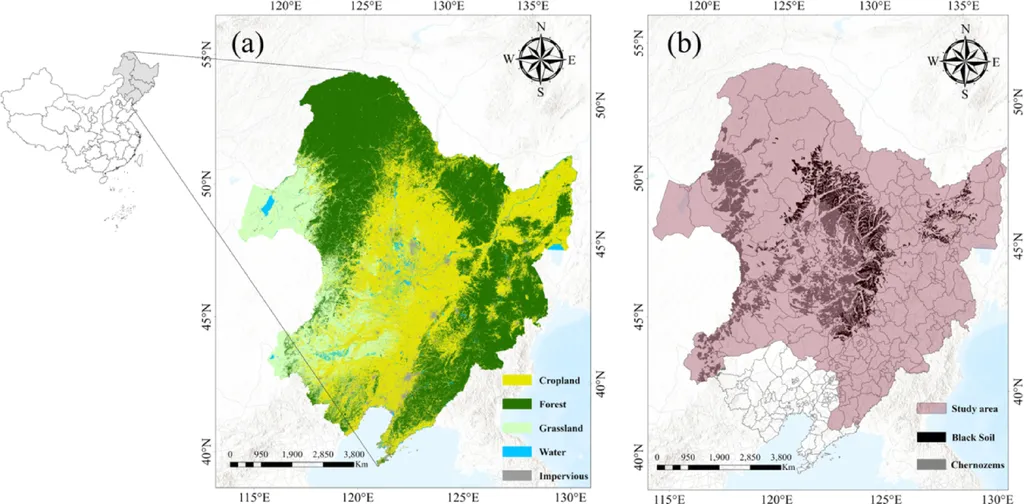In the vast agricultural landscapes of Northeast China, a delicate balance is being struck between productivity and sustainability, thanks to innovative research led by Hui Shao from the College of Resources and Environmental Sciences at Northeast Agricultural University. Shao’s recent study, published in the *Crop Journal* (translated from Chinese as “作物杂志”), explores how combining dairy cattle slurry with synthetic fertilizers can optimize maize growth and nitrogen dynamics, offering a promising path forward for farmers and the energy sector alike.
Nitrogen is a critical nutrient for maize growth, traditionally supplied through synthetic fertilizers. However, these fertilizers come with environmental costs, including greenhouse gas emissions and nutrient runoff. Shao’s research investigates a more sustainable alternative: dairy cattle slurry, a nutrient-rich byproduct of livestock farming that can partially replace synthetic fertilizers.
The two-year field experiment tested various ratios of synthetic fertilizer to slurry, aiming to find the optimal balance for maize growth and nitrogen management. The results were compelling. “Slurry application increased grain yield and yield components, net economic benefit, and nitrogen use efficiency relative to synthetic fertilization,” Shao explained. This finding is significant for farmers, as it suggests that slurry can enhance productivity while reducing reliance on synthetic inputs.
However, the study also revealed a trade-off. While slurry application improved many aspects of maize growth, it led to higher emissions of nitrous oxide and ammonia. These gases contribute to climate change and air pollution, posing challenges for environmental sustainability. To mitigate these issues, Shao’s research identified specific application rates that balanced productivity with nitrogen losses. A synthetic-to-slurry nitrogen ratio of 1:1 to 1:3 and slurry application rates of 60–90 tons per hectare emerged as the most effective combinations.
The implications of this research extend beyond the farm. For the energy sector, which is increasingly focused on sustainability, this study offers a model for integrating agricultural waste into productive use. Dairy cattle slurry, often viewed as a disposal challenge, can be transformed into a valuable resource, reducing the need for energy-intensive synthetic fertilizer production.
Moreover, the findings highlight the importance of precision in agricultural practices. By carefully managing the ratio of synthetic fertilizers to slurry, farmers can maximize yields while minimizing environmental impact. This approach aligns with the growing trend towards precision agriculture, which leverages technology and data to optimize farming practices.
As the world grapples with the dual challenges of feeding a growing population and mitigating climate change, research like Shao’s offers a glimmer of hope. By combining traditional farming knowledge with modern scientific techniques, it is possible to create a more sustainable and productive agricultural system. The study published in the *Crop Journal* not only advances our understanding of nitrogen dynamics in maize but also paves the way for innovative solutions that benefit farmers, the environment, and the energy sector.

